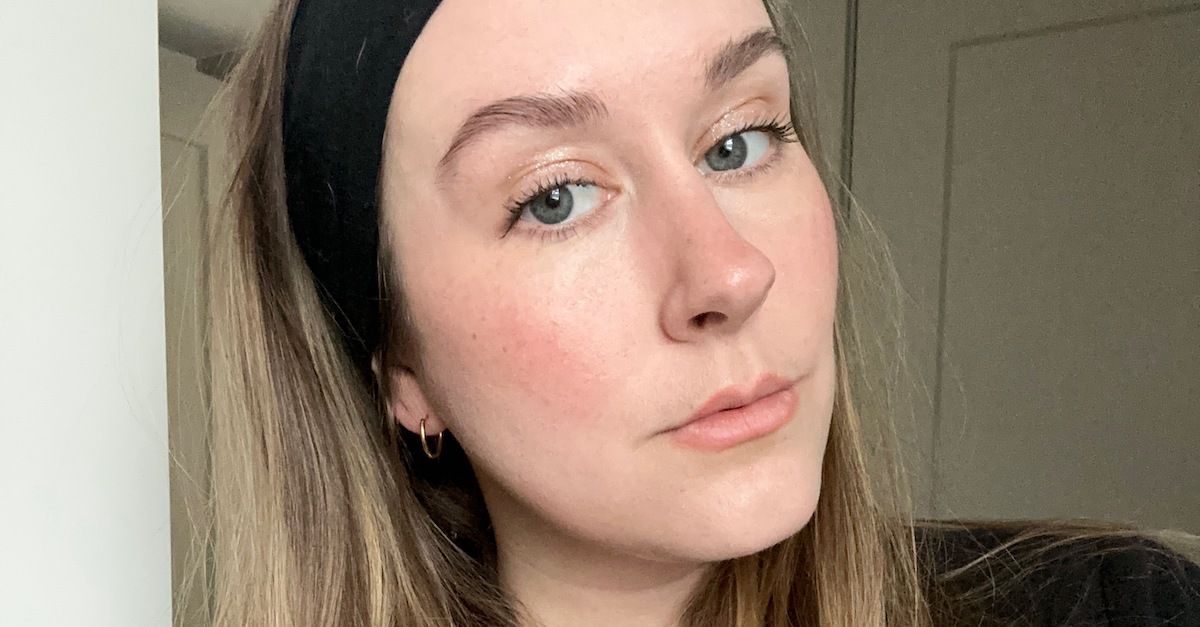As another August comes to an end, so does National Wellness Month. And, as summer winds down, it’s the perfect time for employers to take a closer look at health and wellness programs, which have mutual benefits for the C-suite and the workforce.
Engagements = productivity

In recent years, there’s been a shift in what employees are looking for from their employers and the way we tackle the challenges of behavioral health, notes Nick Stefanizzi, CEO of Northwell Direct of Lake Success, a subsidiary of Northwell Health, which partners with employers to find healthcare solutions for employees and their families.
“Now the focus is on what is my employer doing to invest in my wellness, my safety, my wellbeing, my resiliency and that of my family,” Stefanizzi said. “And employers are similarly thinking differently about what they can do to invest in the resilience of their workforce and what they can do to recruit and retain talent in an incredibly competitive labor market.”
Studies show that when you engage your workforce and invest in their health and wellbeing, they’re more productive, they drive stronger business outcomes and there’s a higher likelihood of retention.
Northwell Direct offers traditional occupational health and medical services, from new hire screenings to annual exams, as well as specific programs that address clinical pain, behavioral health, and 24/7 access to specialists, both virtually and in-person.
Employers need to listen to employees who are saying that health and wellness, including behavioral health, really matter to them.
“The best strategy that I could recommend is taking a data and feedback-oriented approach and trying to deploy things that are truly needed and will resonate with an employee population,” Stefanizzi said.
EAP: vital services at low cost

National EAP offers programs employee assistance programs, work life services and wellness services to corporations and organizations, notes Aoifa O’Donnell, CEO of the Hauppauge-based company.
“Employee assistance programs [EAPs] are fully sponsored by the employer, and it’s a very smart business investment that has maximum return on their investment and really gets to the heart of improving employee productivity, health and workplace engagement and long-term retention,” O’Donnell said.
EAPs include counseling for employees and their families, as well as strategic crisis responses for human resources departments and an administrative referral program, which comprises counseling intervention for unacceptable workplace behavior such as violence or sexual harassment.
For employees experiencing personal short-term issues, such as insomnia, EAPs provide short term solution-focused counseling.
“You can call your employee assistance program. Your boss, supervisor would never know that you called it,” O’Donnell said, noting that, depending on what your employer contracted for, you can get free counseling for three to eight sessions. “You get basically a life tune-up.”
Wellness services include monthly classes on sleep hygiene and other subjects of interest and a mindfulness-based app that members can customize for themselves, where teachers give live 14-minute mindfulness classes throughout the day, every day.
Why are they 14 minutes? O’Donnell notes it’s Because it’s 1 percent of your day. “Everybody can take 1 percent of their day every day to stop and be mindful and do a mindfulness-based practice, whether it’s meditation, breathing, nature walk, etc.”
The cost of an EAP—$20 to $50 per employee per year—is less than 1 percent of what an employer pays for health insurance, O’Donnell said.
“EAP is a necessary, vital investment employers can make because life is happening, no matter what, for employees,” she added. “And who’s going to help them? That’s what an EAP is. It’s like having a 911 for your employees and for yourself, as the employer.”
A healthful workspace

As a budding entrepreneur, Diana Lillo struggled with feeling overwhelmed, overworked and isolated.
“I dreamt up a place that would help support entrepreneurs as they’re growing and really help to integrate wellness into their everyday life as opposed to it being the last thing that you are figuring in,” said Lillo, co- founder of Moss Wellness Workspace in Garden City and CEO of Inspire Design, which specializes in corporate and healthcare interior design.
The goal at Moss Wellness is to make wellness more accessible for entrepreneurs, through massage and stretch, health or mental health therapy, all of which are available on the premises.
Wellness is key to the corporate ethos of Inspire Design, which offers mindfulness and yoga workshops and hosts wellness days where team members can select from a menu of services, including massage and facials.
“We offer these perks and combine them with team-building days and it really just sets the landscape for a happy, healthy team,” Lillo said, adding that her company has both low turnover and absenteeism.
For office buildings, they include amenity spaces, such as lactation rooms, golf simulators, fitness areas, TRX rooms, and volleyball courts.
“Healthcare plans are really for sickness,” Lillo said. “But we want to approach it where we’re keeping people well. We want them to feel good and be good on a daily basis. We don’t want to wait until they’re sick until we help them.”
Lillo’s team incorporates biophilic interior design principles, which entail bringing plants and natural elements into the design.
“If you’re creating a space that people feel good and they are excited to go to each day,” she said, “then that fosters their wellness and their health.”


























































![Mason Ramsey – Twang [Official Music Video] Mason Ramsey – Twang [Official Music Video]](https://i.ytimg.com/vi/xwe8F_AhLY0/maxresdefault.jpg)



















